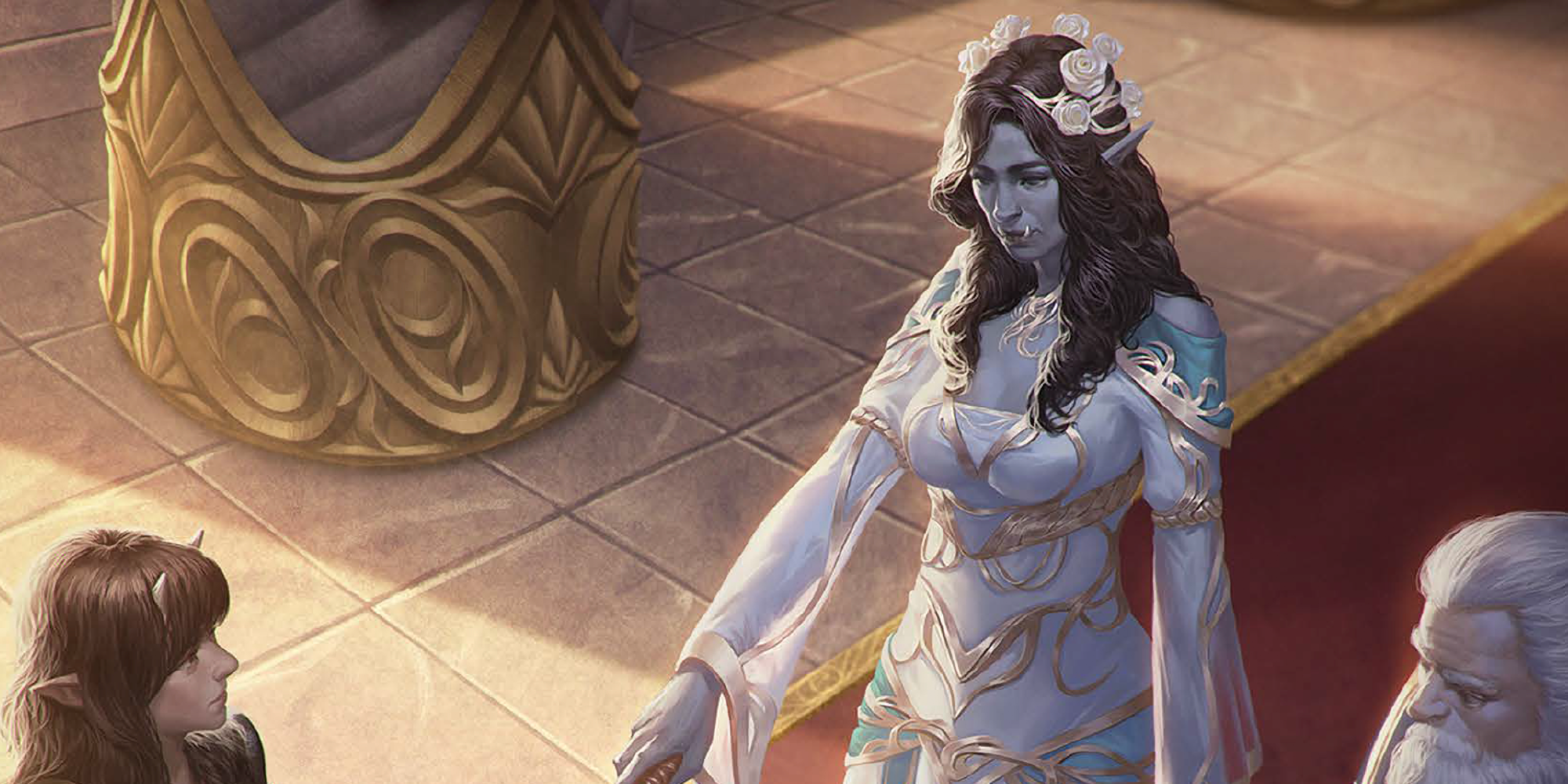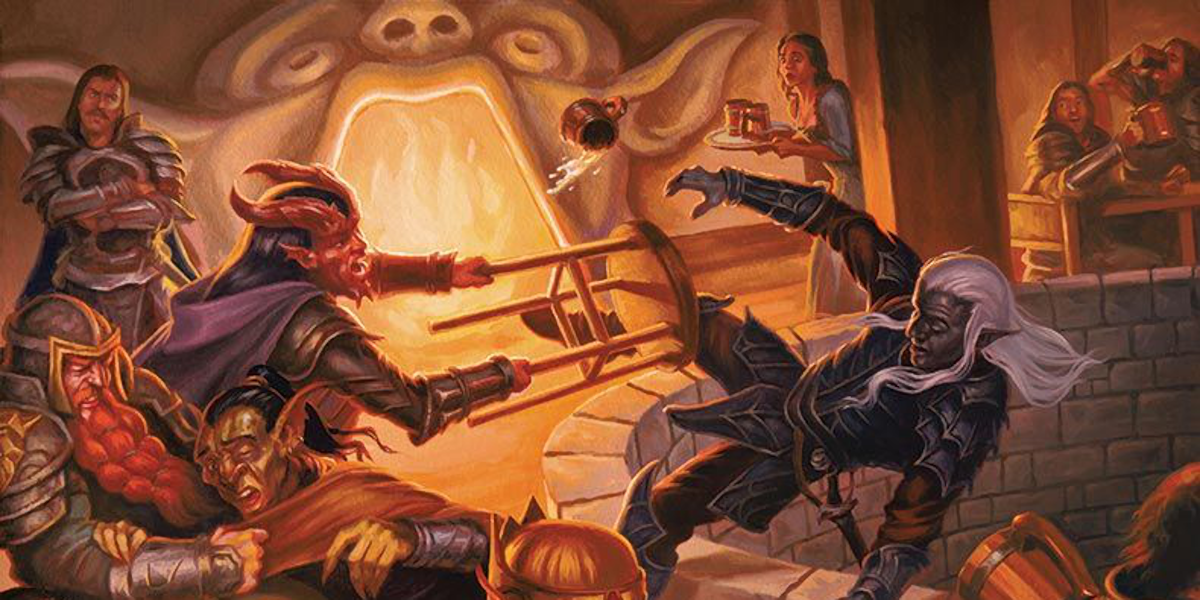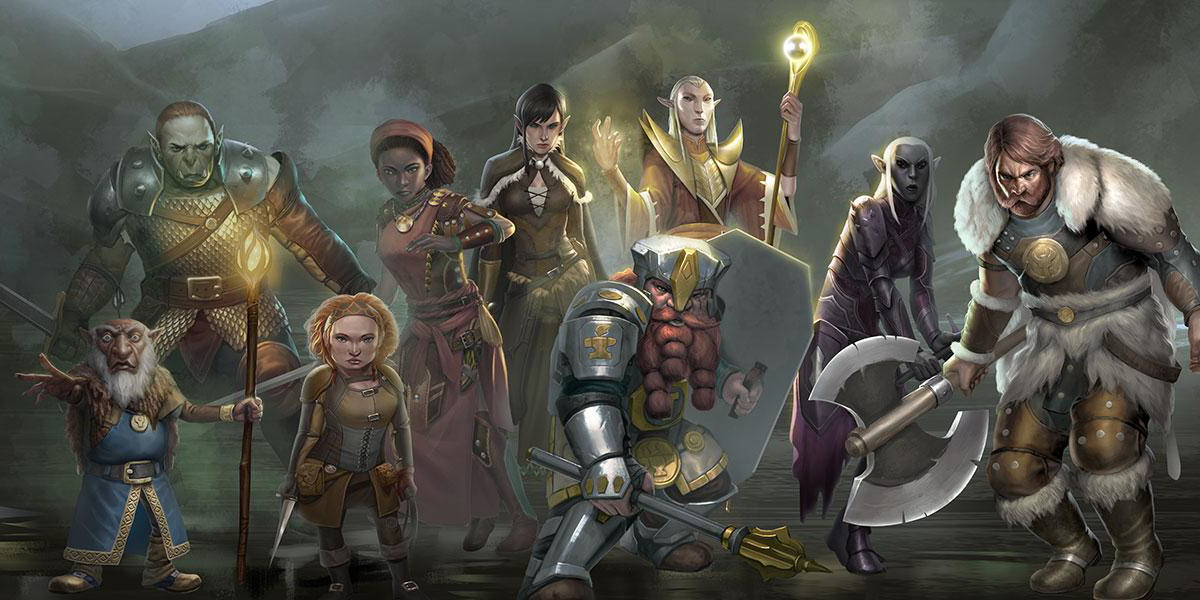To start making a character in Dungeons & Dragons, the rules instruct players to begin by choosing their character's race. Each race has its own features, innate abilities of their race; some races have darkvision, changelings can alter their appearance, Dragonborn have a breath attack. The problem, fans and designers agree, is that this mechanic reinforces racial stereotypes.
D&D has attempted to address the issue in several ways, including eliminating negative ability modifiers and revising certain language around race. They propose going even further in November's publication of Tasha's Cauldron of Everything, which is reported to include alternative rules for the race mechanic in character creation. But, as with many of Wizards of the Coast official Dungeons & Dragons products, a third party has beaten them to the punch.
Arcanist Press published Ancestry and Culture: An Alternative to Race in 5e, a 71-page zine that offers instructions to create player characters in a new way. Written and designed by Eugene Marshall, Ancestry & Culture addresses the issue of race in a thoughtful introduction, and then provides tools for players to create characters based not on the fallacious idea of "race," rather built around those two keywords: "ancestry and culture."
Marshall opens the book with this question: "Have you ever wondered why there are half-elves and half-orcs in your favorite fantasy roleplaying game, but not half-dwarves or half-gnomes?" The question at once highlights Marshall's purpose and the thorny problem at the heart of D&D's race mechanic. It reminds players that the designers have opted to offer canon choices only around certain "half-races" and not others, and points out the hole in this thinking: a person's birth (their ancestry) is only part of how they become who they are. The other part is the culture they were raised in. Thus, Marshall breaks race into these two distinct character attributes: ancestry (the traits handed down to a character through biology), and culture (the traits picked up through collective learning).
Ancestry in this mechanic still provides ability modifiers, but these modifiers have much more flexibility. Culture provides traits like language and skill, but can also influence ability modifiers if a player designs their character that way. The result is the diverse panoply of characters that fantasy worlds purport to represent. With this mechanic, all character types are possible, be it a druid with dwarvish ancestry who was raised by orcs, so he has dwarvish ancestry and orcish culture, a sorcerer with a Dragonborn mother and a halfling father, raised in both cultures, a changeling fighter who fled their family to be raised by humans, and so learned their adaptability while retaining ancestral traits or any other number of configurations.
The combinations are endless, and Ancestry & Culture only includes the core Player Handbook races, but Arcanist Press has a number of other tools to aid players in creating their own custom characters if what is there is not enough.
But it is enough. The design is so simple that a player could take Marshall's basic rules and apply them to any playable races. A player might start by asking, What abilities passed on to a character through their birth? Are both parents humans? If so, then they have the abilities of humans. But was the character raised around elvish culture? Well, then that character sounds a lot like Aragorn, who is fully human but knows the ways of elves like no other human.
Because the mechanic is fluid, all a player must do is determine who the character's parents are and what sort of culture the character was raised in. Additionally, this mechanic enriches character creation by turning a single, nearly thoughtless choice: "My character is an elf"; into a more realistic and complex series of choices that can inspire backstory and more: "My character was born to elvish parents, but when the war broke out, we had to go live among the orcs. I never learned how to shoot a bow, but I can swing a great sword."
Characters designed in this way tend toward the nuanced and realistic in ways that may benefit an entire campaign, not just character creation. Tables who adopt this mechanic, or another like it, may find that their characters are more surprising and rich and full of life than before. They may discover the beauty of unexpected stories and inspired conflicts, all while avoiding the tired tropes of race.



